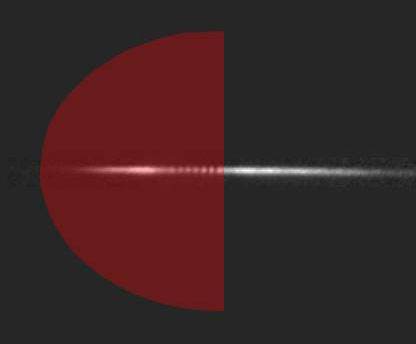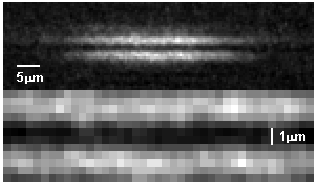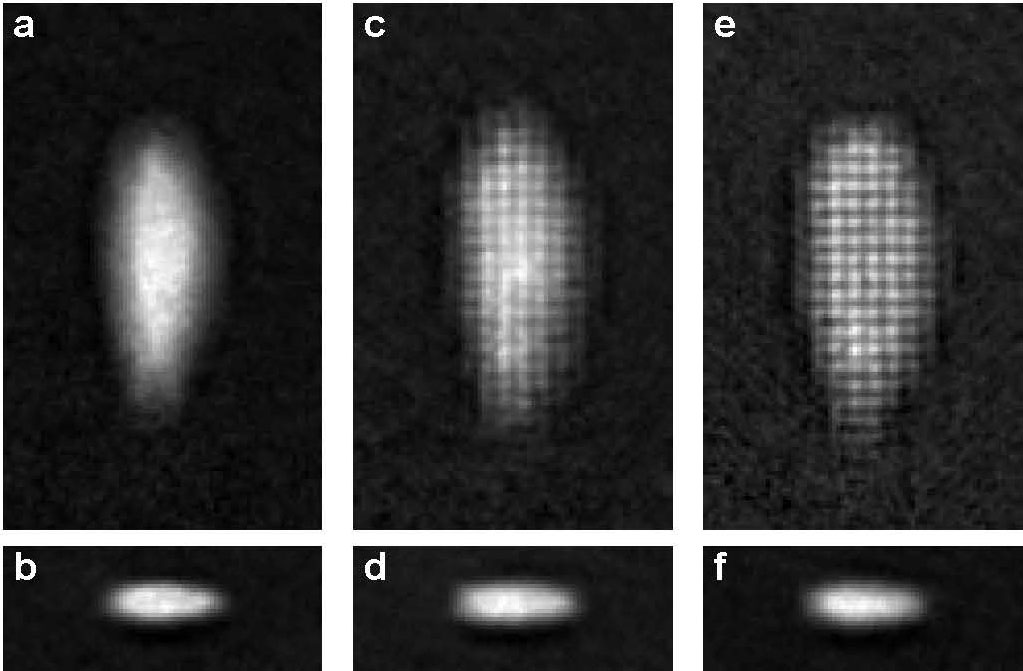Research Areas

Hawking Radiation
We recently made the first observation of thermal, quantum Hawking radiation in any system. We created an analogue black hole in an atomic Bose-Einstein condensate. The point where the condensate flowed at the speed of sound was analogous to the event horizon. This sonic horizon was seen to emit an approximately

Phonons and Correlations
This area of research investigates the basic microscopic properties of an ultracold bose gas. The studies were part of the effort to observe Hawking radiation. However, the observations are rather interesting in themselves. Firstly, we developed the technique of in situ observation of phonons in a BEC. Since the moving particles composing the

Josephson effect in a Bose-Einstein condensate
The Josephson effect was first discovered in a system of two superconductors separated by a tunneling barrier. In the AC Josephson effect, a constant voltage is applied between the two superconductors. This results in an oscillating tunneling current through the barrier, with a frequency proportional to the…

In situ optical lattice
The study of optical lattices is one of the most active areas of ultracold atom research. An optical lattice consists of a standing wave light field which creates a periodic potential for ultracold atoms. The lattice can be used for simulating condensed matter systems or even gauge theories.

Oscillating soliton/vortex ring
The matter-wave interference between two initially-separated Bose-Einstein condensates was a landmark observation, demonstrating phase-coherence. The collisional energy of the two condensates was sufficient that interactions between atoms could be neglected. But what happens when the two condensates are separated by a very small distance, on the order of one healing length? Interactions can…

